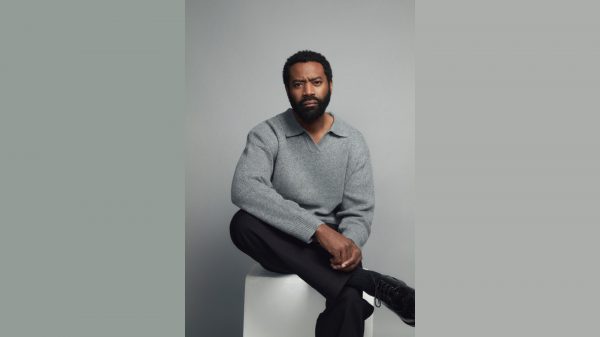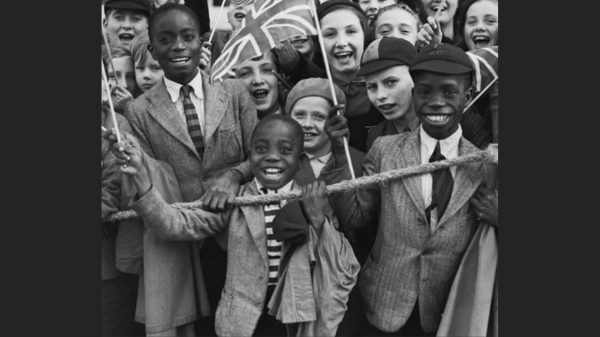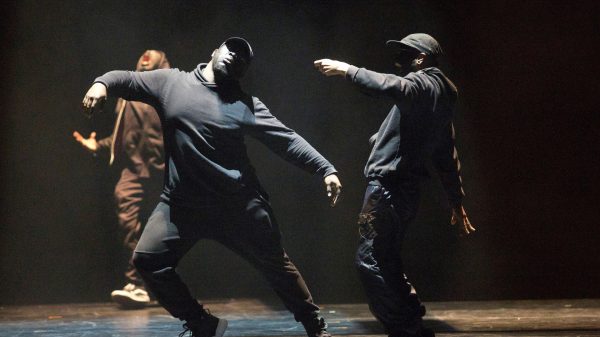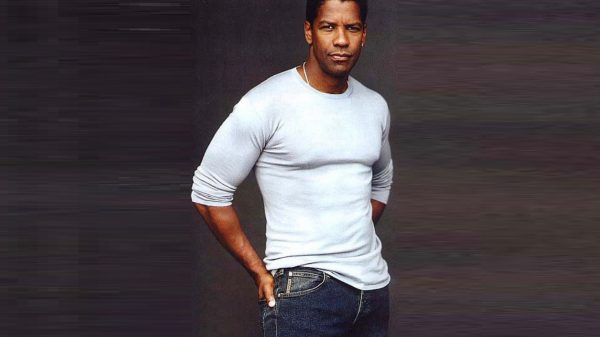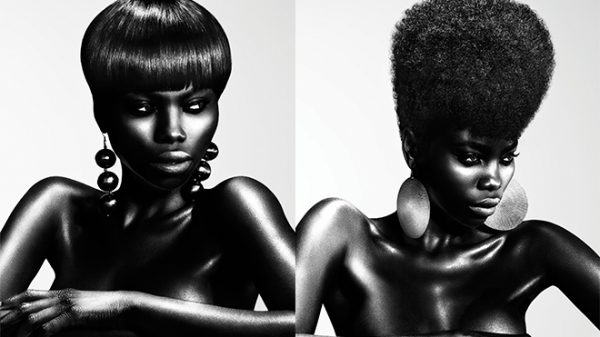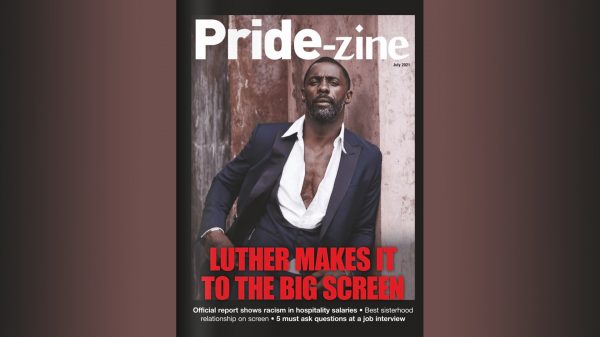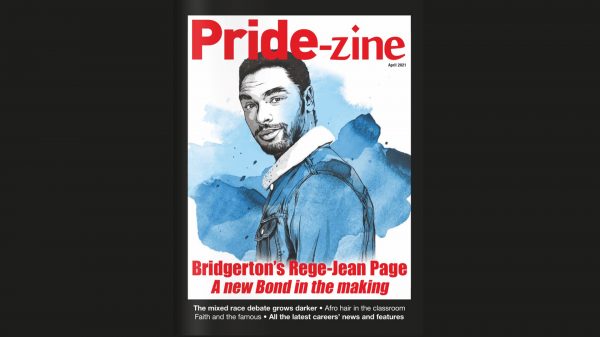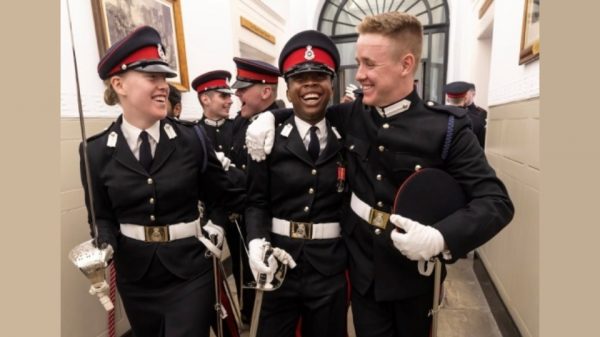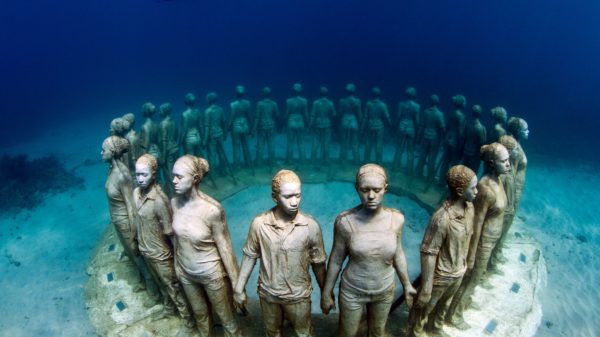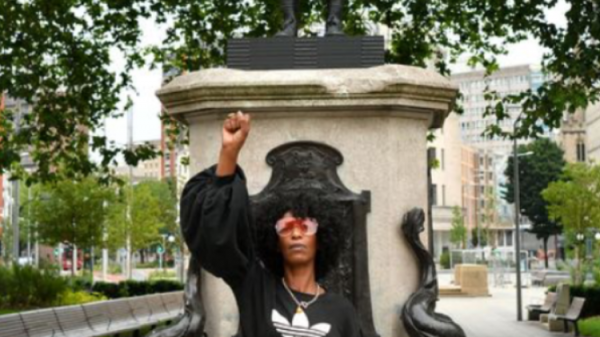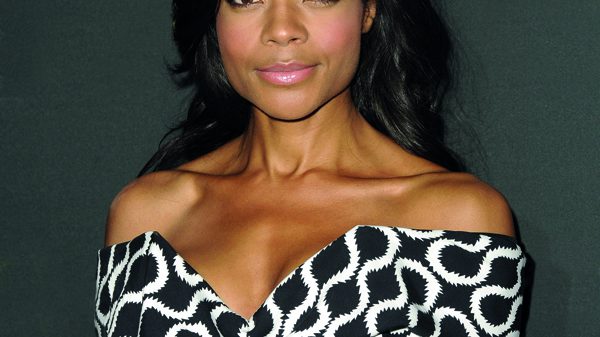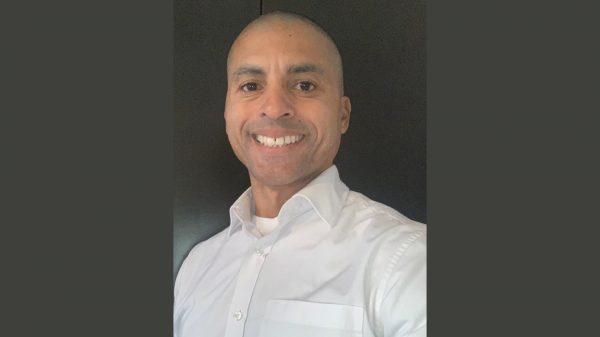Our greatest Director turns his gaze on Grenfell and creates a difficult yet spell binding watch.
There’s no denying that it’s a wildly ambitious and thought provoking work of filmmaking.
Theodor Adorno, a philosopher, once said that it would be inhumane to write a poem in response to what occurred at Auschwitz.
Making a sophisticated film on what occurred at Grenfell Tower won’t likely be viewed as barbarous by many, but it might easily invite charges of opportunism and insensitivity.
After all, there is still no “closure” for the 72 families and friends who perished in the 2017 fire.
Legal proceedings to assign fault have been going on for almost six years.
Given all of that, one is forced to consider whether this horrific catastrophe is still too raw to be depicted in art, despite the fact that Sir Steve McQueen completed his 24-minute film in 2019 and has waited until now to release it.
Yet in our opinion, the movie he made is too potent to be ignored.
Deceptively peaceful, it begins, on
a calm, beautiful winter day, we are in a helicopter heading towards London from the northwest (he shot the film, in one virtuosic take, six months after the fire).
John Betjeman’s Metro-suburbs land’s float below us.
It moves forward.
The arch of Wembley Stadium passes by, while Battersea Power Station can be seen off in the distance.
There is something that obtrudes into this routine regularity that clearly isn’t right.
The soothing background music of birdsong and traffic sounds builds menacingly before ending in utter quiet.
The chopper appears to be drawn to a burned-out building ruin like a magnet.
Whenever our attention is drawn to this gloomy structure,
For the rest of the movie, we keep going around the burned-out ruins of Grenfell (as we now see it), the angles changing but the intensity remaining constant.
And as we circle, horrifying details emerge: workers gently sealing each of the 24 storeys like mausoleums; piles of pink garbage bags containing rubbish; and spaces where the floors ought to be.
The most horrific realisation was that the attractive patterns on the building’s outside that appeared to be frost on window panes were actually the petrified remains of the cladding that caused a minor refrigerator fire to erupt into a massive inferno.
McQueen, who grew up in west London and once had friends who lived in Grenfell, is drawn to issues like slavery, IRA hunger strikes, and the deaths of British soldiers in Iraq because they challenge our perceptions of the fairness and humanity of the society we have built.
The same mould applies to this movie.
As soon as the tower was covered up, he recalls, “I thought that it would only be a matter of time before it faded from the public’s mind.”
In truth, I suppose there were others who relied on that.
McQueen may be right, and no one who sees this film is ever likely to forget the images of Grenfell he presents.
From April 7 to May 10, serpentinegalleries.org.




